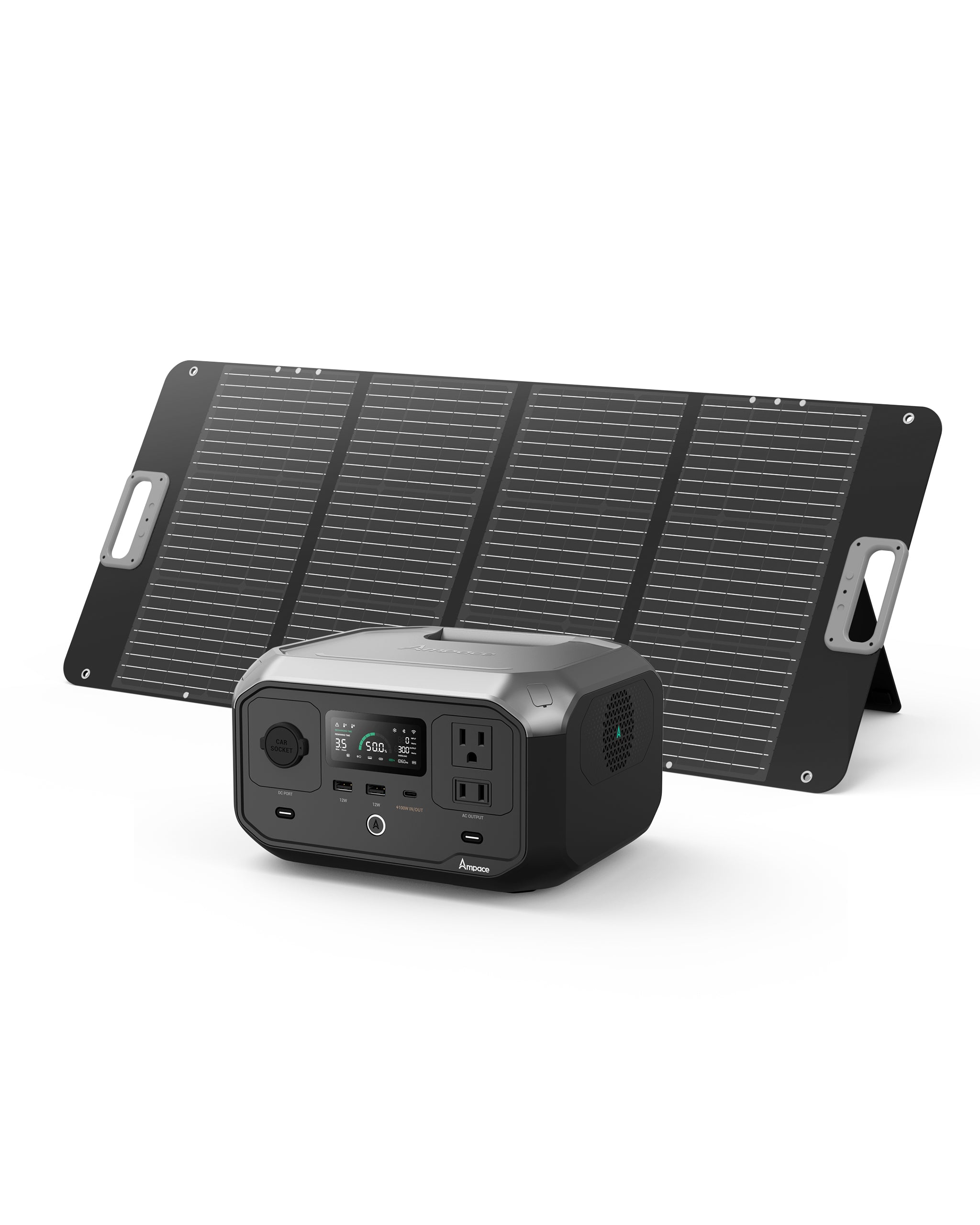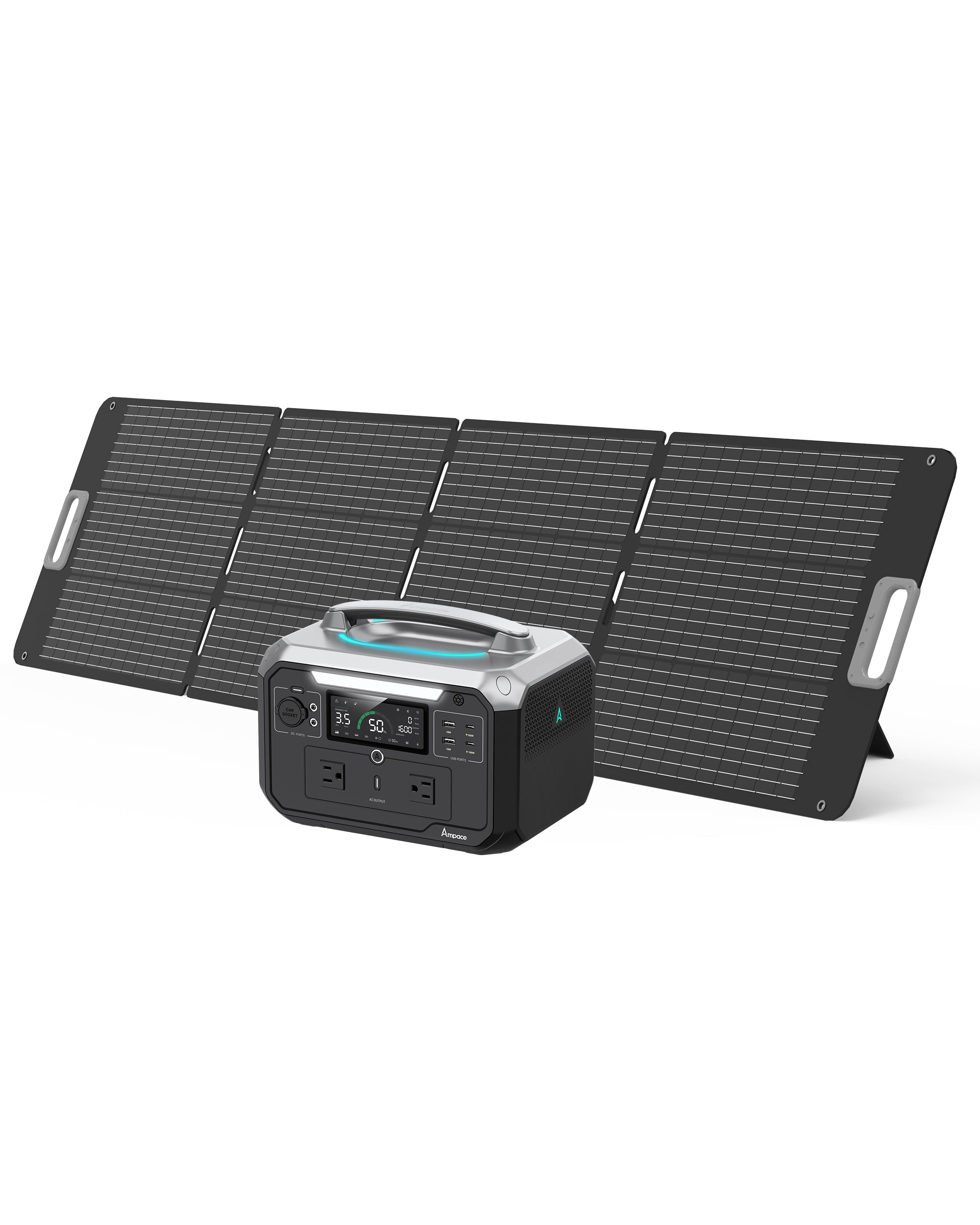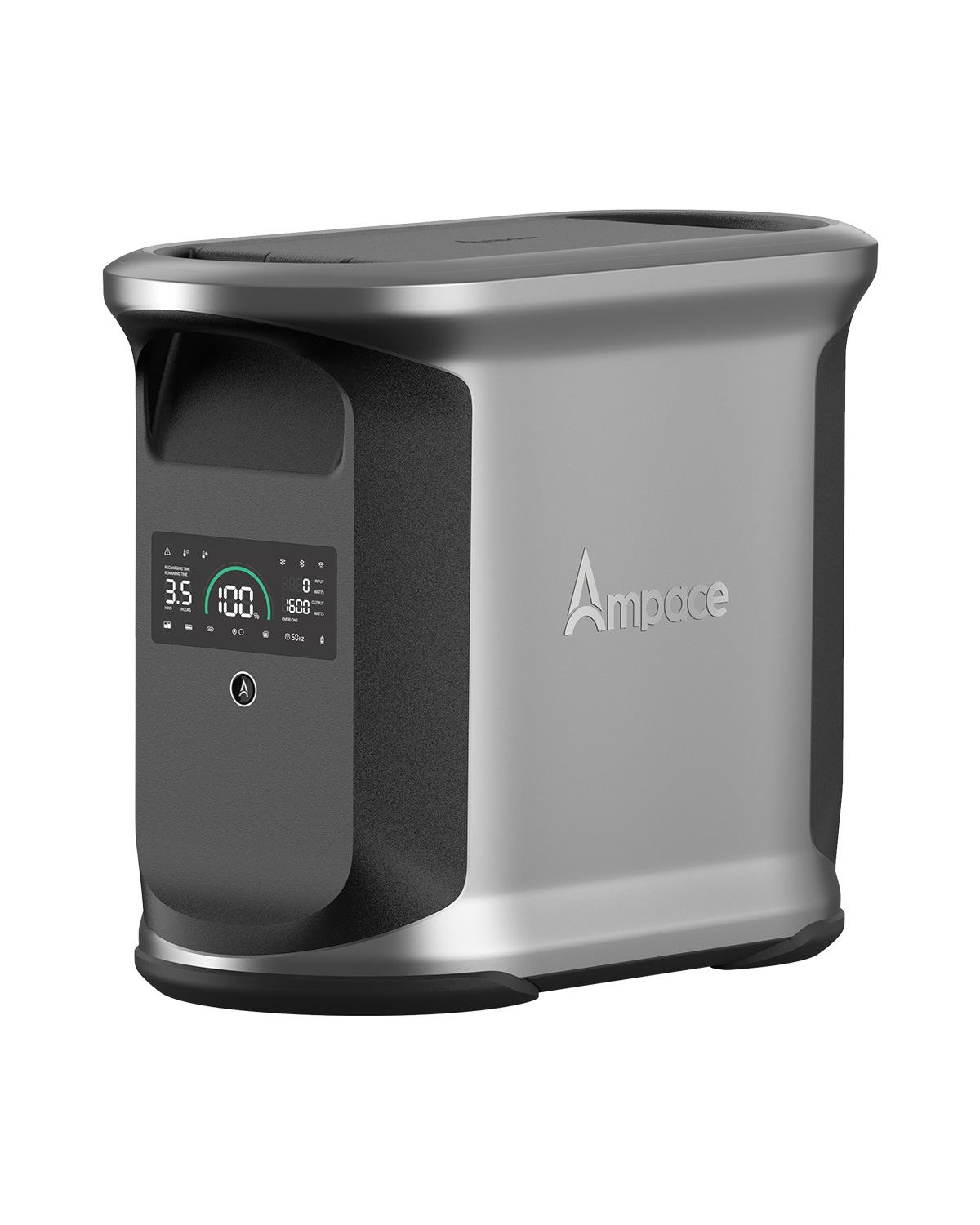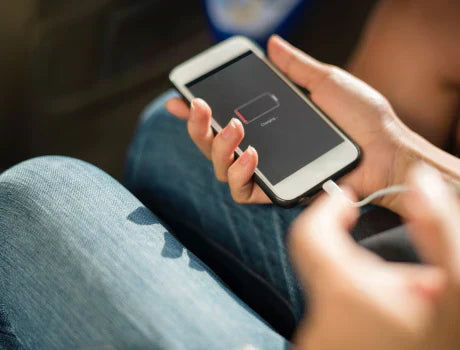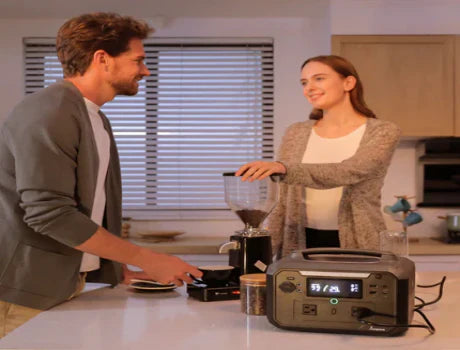How to Charge a Phone Without Electricity

Table of Contents
Properly charging your smartphone is essential for maintaining its performance and extending its battery life. With modern phones relying on lithium-ion batteries, understanding the basics of charging, alternative methods, power consumption, and battery care can make a significant difference. In this guide, we’ll cover everything you need to know about charging your phone, including how to charge without a charger, power usage, portable charging solutions like Ampace stations, battery maintenance tips, and answers to common charging questions.
Understanding the Basics of Phone Charging
Smartphone charging involves supplying power to a lithium-ion battery, which is lightweight, charges quickly, and offers long-lasting power compared to older battery technologies. Most phones use USB-C or Lightning cables (for iPhones) and support a range of charging speeds, from standard 5W to fast charging at 20W or higher.
Key Charging Parameters
- Voltage: Most phone chargers output 5V for standard charging, while fast chargers may use 9V or 12V. Always ensure the charger’s voltage matches your phone’s requirements to avoid damage.
- Amperage: Measured in amps (A), this determines how much current flows to your phone. Common values are 1A to 3A, with higher amperage enabling faster charging if supported.
- Wattage: Calculated as voltage × amperage, wattage indicates the charger’s power output. For example, a 5V/2A charger delivers 10W.
To charge efficiently, use a charger and cable that match your phone’s specifications. For instance, iPhones support USB-C Power Delivery for faster charging, while Android devices often use protocols like Qualcomm Quick Charge.
Milliamps (mA) and amps (A) are units of current. Understanding their concepts and conversion methods can help you calculate and save energy, leading to significant savings in money and time, especially when choosing energy-efficient appliances.
SEE ALSO Milliamps to Amps (mA to A) Conversion Guide
How to Charge Your Phone
Follow these steps for safe and effective charging:
- Use the Original Charger and Cable: Manufacturers design chargers to match their devices’ needs. For example, Apple recommends USB-C Power Delivery chargers for iPhone 15 models.
- Plug into a Reliable Power Source: Connect your charger to a wall outlet or a high-quality power bank. Avoid low-quality chargers, as they may deliver inconsistent power.
- Monitor Charging Time: Most phones charge to 80% quickly, then slow down to protect the battery. Avoid leaving your phone plugged in overnight unnecessarily.
- Enable Optimized Charging (if available): Features like Apple’s Optimized Battery Charging learn your habits and delay charging past 80% to reduce battery wear.
For MagSafe-compatible iPhones (e.g., iPhone 12–16), you can use a MagSafe Charger for wireless charging, which aligns magnetically for efficient power delivery.
How to Charge Your Phone Without a Charger
If you don’t have a charger, try these alternatives:
- USB Port on a Computer: Connect your phone to a laptop or desktop USB port. Ensure the port’s output (e.g., 5V/0.5A) is sufficient, though charging may be slower.
- Power Bank: A portable power bank with adequate capacity (e.g., 10,000mAh) can charge your phone multiple times. Choose one with matching voltage and amperage.
- Wireless Charging Pad: If your phone supports wireless charging (e.g., Qi standard), use a compatible pad. Note that wireless charging is slower than wired.
- Car Charger: Use a car charger with a USB port or cigarette lighter adapter for on-the-go charging.
- Solar Charger: In emergencies, a solar-powered charger can work, though it’s slower and depends on sunlight.
Always verify compatibility to avoid damaging your phone. For example, using a high-power laptop charger (e.g., 65W) without proper voltage regulation can harm your device.
How Much Power Does a Phone Consume?
Phone power consumption varies based on the device and charging speed:
- Standard Charging: Typically 5–10W (5V/1–2A).
- Fast Charging: Ranges from 15–30W for most smartphones, with some Android devices supporting up to 65W.
- Idle Consumption: When not charging, phones use minimal power (0.1–0.5W) for background tasks.
For example, an iPhone 15 charging at 20W will consume 20 watts per hour during fast charging. To calculate energy use, multiply wattage by charging time. A full charge for a 3,000mAh battery at 20W might take about 1–2 hours, consuming roughly 0.02–0.04 kWh. Check your phone’s manual or manufacturer’s website for exact specs.

Ampace Portable Charging Stations for Phones
Ampace portable power stations are ideal for charging phones during travel, camping, or power outages. They offer high-capacity, durable solutions with three models:
- Ampace Andes 300 (266Wh): Charges a smartphone ~20–24 times, 300W output, 45-min fast charge (0–80%), 6 ports (USB-C PD 100W, USB-A). Lightweight at 8.2 lbs, perfect for camping.
- Ampace Andes 600 Pro (584Wh): Charges a smartphone ~45–50 times, 600W output (1800W surge), 1-hour fast charge (0–80%), 9 ports. Weighs 19.4 lbs, great for RV trips or home backup.
- Ampace Andes 1500 (1462Wh): Charges a smartphone ~120–130 times, 2400W output (3600W surge), 55-min full charge, 13 ports. At 28.6 lbs, ideal for home outages or heavy appliances.
Key Features: Support fast charging (Power Delivery, Quick Charge), LiFePO4 batteries (2,000–6,000 cycles), solar charging, and app control. Choose the Andes 300 for portability, 600 Pro for balance, or 1500 for maximum power.
Ampace portable power stations use pure sine wave inverters, which ensure higher-quality AC output that closely matches the standard of the grid.
SEE ALSO What You Need to Know About Pure Sine Wave Inverters
How to Maintain Your Phone’s Battery
Proper battery care extends your phone’s lifespan and performance. Follow these tips:
- Avoid Extreme Temperatures: Keep your phone between 32°F and 95°F (0°C–35°C) to prevent battery degradation.
- Charge Between 20% and 80%: Lithium-ion batteries last longer when kept in this range, as full charge/discharge cycles increase wear.
- Use Optimized Charging Features: Enable settings like iPhone’s Optimized Battery Charging to reduce chemical aging.
- Avoid Overcharging: Unplug your phone once it’s fully charged, or use smart charging features to limit overcharging.
- Update Software: Keep your phone’s OS updated for battery optimization improvements.
- Avoid Cheap Chargers: Low-quality chargers can deliver unstable power, harming the battery.
Common Phone Charging FAQs
Can a high-wattage charger damage my phone?
Modern phones have built-in protections to regulate power intake. A high-wattage charger (e.g., 87W) won’t damage your phone if it’s compatible, but it won’t charge faster than the phone’s maximum supported wattage.
Should I fully charge and discharge my phone?
No. Modern lithium-ion batteries don’t require full charge/discharge cycles. Keeping the battery between 20% and 80% is better for longevity.
Is it safe to charge my phone overnight?
It’s generally safe due to built-in charging protections, but frequent overnight charging can accelerate battery aging. Use optimized charging features to minimize this.
Can I use a laptop charger to charge my phone?
Yes, if the voltage and connector match (e.g., 5V USB-C). However, laptop chargers with higher voltages (e.g., 20V) may not be compatible and could damage your phone.
Why is my phone charging slowly?
Slow charging can result from a low-power charger, a damaged cable, background apps consuming power, or high temperatures. Check your charger’s specs and close unnecessary apps.
Final Thoughts
Charging your phone correctly ensures optimal performance and battery longevity. Stick to manufacturer-recommended chargers, avoid extreme temperatures, and leverage features like optimized charging. For situations without a charger, options like power banks or Ampace portable charging stations offer reliable alternatives. By understanding your phone’s power needs and following best practices, you can keep your device running smoothly for years.
Read More
How to Power Your Drone with a Portable Station?
What You Need to Know About Pure Sine Wave Inverters?
Breaking Down the Costs of Life on the Road: Full-Time RV Living





